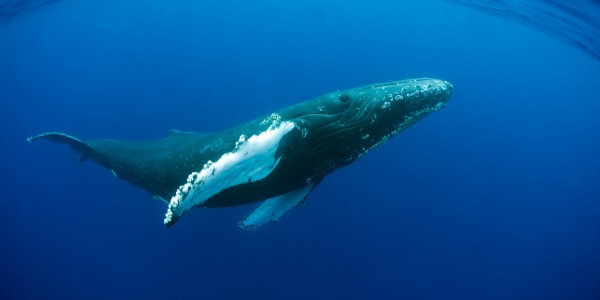Miami – The National Oceanic and Atmospheric Administration on Monday proposed to delist most of the humpback whales species as their population has rebounded significantly. These whale species were particularly offered protection during the 60s as they were on the brink of becoming endangered. The restorative efforts of the past 45 years have increased the […]
Miami – The National Oceanic and Atmospheric Administration on Monday proposed to delist most of the humpback whales species as their population has rebounded significantly. These whale species were particularly offered protection during the 60s as they were on the brink of becoming endangered.
The restorative efforts of the past 45 years have increased the population of these humpback whales considerable. That is why the US government is planning to lift the protections on them.
The NOAA is now planning to reclassify the 14 species of the humpback whales and remove 10 of them from the endangered list. Some experts even now think that this move can prove to be premature, as these whale species are more vulnerable to the ocean and climatic changes. However, they also agree that the rapid population growth of some of the species has demonstrated the efficiency with, which the Endangered Species Act was followed.
In case the proposal is accepted, it will be the first time in more than two decades that a species have been delisted due to recovery. Apart from the restorative acts, banning commercial whaling has also contributed immensely to increasing the depleted numbers of the humpback whale species.
Endangered and Threatened Humpback Whale Species
Even today, two of the humpback whales that are found in the Northwest Africa, Arabian Sea and off Cape Verde are considered to be endangered. The NOAA proposed to retain these whale species on the endangered list. However, humpback whale species found in the Western North Pacific and Central America can be classified under the ‘threatened’ category instead of ‘endangered’.
The humpback whales can weigh a maximum up to 40 tons, lives for around 50 years and can grow to maximum 18 m. It eats around 1,360 kg krill, a type of small crustaceans every day.
The proposal will have a waiting period of 90 days, after which the NOAA will finalize the decision. Even if the proposal is passed, the humpback whales will continue to receive protection under the Marine Mammal Protection Act.


Leave a Reply